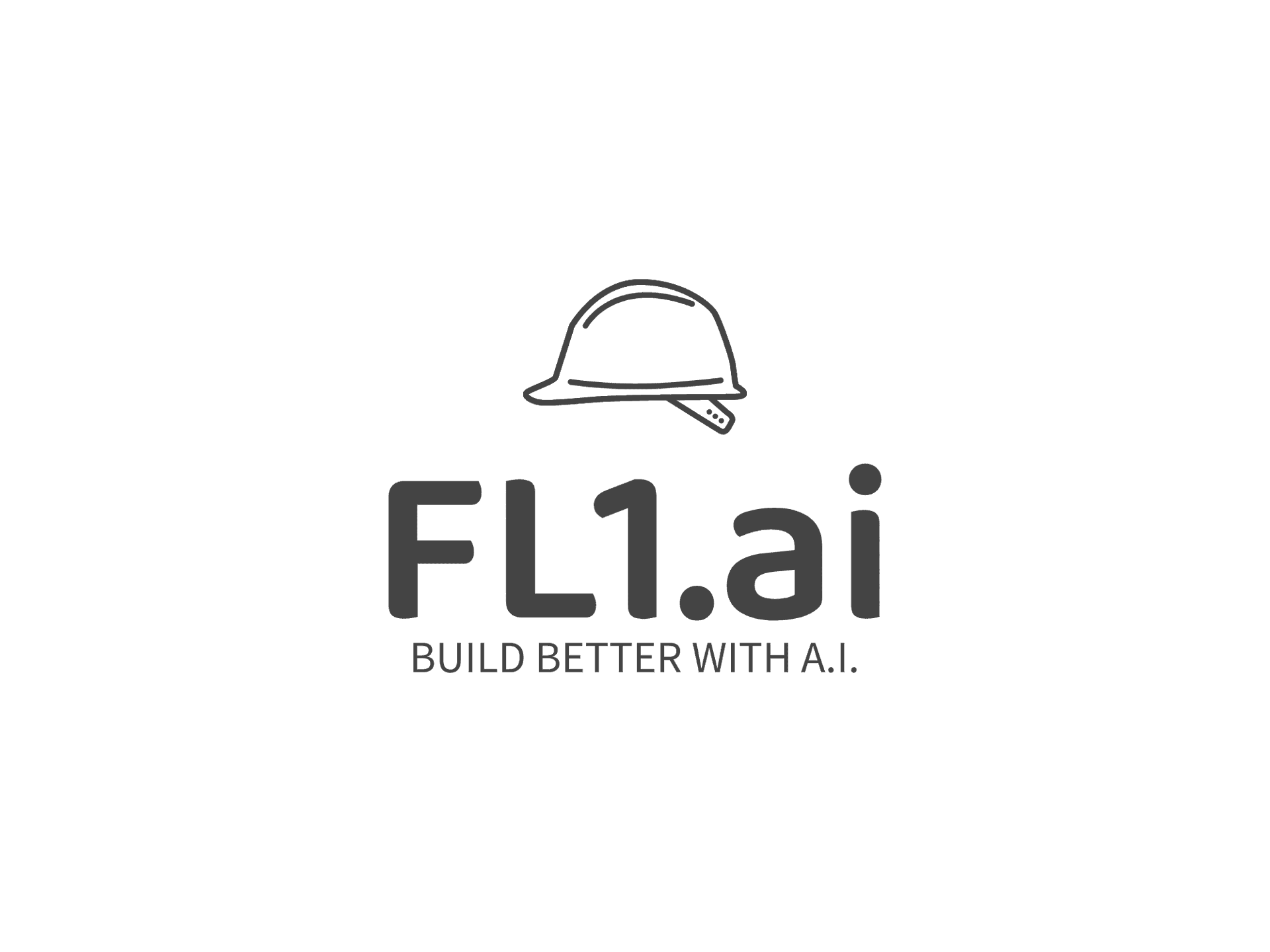Debunking Common Myths About AI in Construction
Introduction
Artificial Intelligence (AI) is revolutionizing various industries, and construction is no exception. However, despite its growing presence, many myths persist about the role and impact of AI in construction. In this blog post, we aim to debunk some of these common misconceptions and shed light on the true potential of AI in this sector.
Myth 1: AI Will Replace Human Workers
One of the most prevalent myths is that AI will lead to job losses in construction by replacing human workers. In reality, AI is designed to augment human capabilities, not replace them. By automating repetitive tasks and enhancing data analysis, AI allows human workers to focus on more complex and creative aspects of construction.

AI as a Collaborative Tool
AI technologies are increasingly being used as collaborative tools that enhance productivity and safety on construction sites. For instance, AI-powered drones can survey large areas quickly and safely, reducing the need for manual inspections. This not only speeds up the process but also minimizes the risks associated with challenging environments.
Myth 2: AI Implementation Is Too Expensive
Another common myth is that integrating AI into construction projects is prohibitively expensive. While initial investments might be significant, the long-term benefits often outweigh the costs. AI can lead to substantial savings by improving project efficiency, reducing errors, and optimizing resource use.
Long-Term Cost Benefits
AI solutions can significantly reduce the costs associated with construction delays and rework. By using AI-driven predictive analytics, companies can foresee potential issues and address them before they escalate, saving both time and money in the long run.

Myth 3: AI Is Too Complex for Construction
Some believe that AI is too complex to be effectively applied in construction. However, modern AI systems are becoming increasingly user-friendly and accessible even to those without a technical background. User interfaces are being designed with simplicity in mind, allowing construction professionals to leverage AI without needing extensive training.
User-Friendly Interfaces
The development of intuitive software platforms and applications means that construction teams can easily integrate AI into their workflows. These tools often come with comprehensive support and training resources, making it easier for companies to adopt AI technologies.
Myth 4: AI in Construction Is Just a Fad
Lastly, some skeptics see AI in construction as a passing trend rather than a lasting transformation. However, evidence suggests that AI is becoming an integral part of the industry's future. With ongoing advancements in technology, AI continues to evolve and offer new possibilities for innovation.

The Future of AI in Construction
The growing adoption of AI in construction is evident from its increasing presence in various aspects of the industry, from design and planning to maintenance and operations. As AI technologies continue to mature, their impact on construction will only deepen, driving greater efficiency and sustainability in projects worldwide.
Conclusion
In conclusion, while myths about AI in construction persist, the reality is that these technologies are set to enhance the industry significantly. By understanding and debunking these common misconceptions, we can better appreciate the true potential of AI as a powerful tool for innovation and growth in construction.
